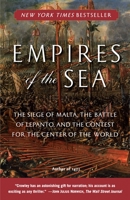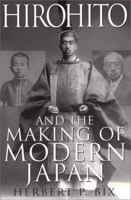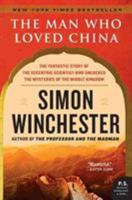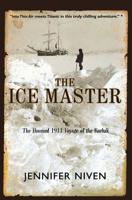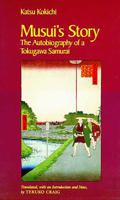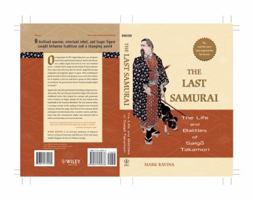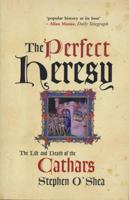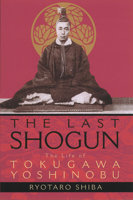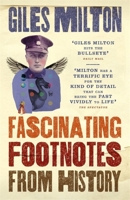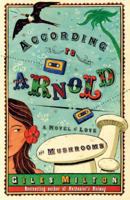Samurai William: The Englishman Who Opened Japan
Select Format
Select Condition 
You Might Also Enjoy
Book Overview
Related Subjects
17th Century Adventurers & Explorers Asia Biographical Biographies Biographies & History Biography & History Diplomacy England Ethnic & National Europe Historical History Irish Japan Modern (16th-21st Centuries) Political Science Politics & Government Politics & Social Sciences Social Science Social Sciences Specific Groups Transportation WorldCustomer Reviews
Rated 5 starsThe True Story Behind
When I was gathering material to complete my review on Mr. James Clavell's "Shogun" I saw a reference to this book and can't resist the temptation to bought it and read it. After finishing reading it I was amazed by how deeply Mr. Clavell has grasped this exotic environment in his novel. Mr. Milton has thoroughly researched the contemporary European sources to build this book. He took into account the diary & letters from...
0Report
Rated 5 starsExcellent
Milton presents an easy-to-read account of early European ventures in Japan. The key figure which holds this book together is William Adams (of Shogun fame). Adams is an English pilot who finds himself in Japan after a particularly perilous journey. Being a stranger in a strange land, he faces many difficulties, but through luck and skill in adaptation, he becomes someone of importance in his new home country. Years later,...
0Report
Rated 5 starsTo live in 16th/17th century Japan
The story of William Adams is a very well known subject in Japan, as is also stated at the end of the present book. The way, however, in which the author writes about the leading character (Adams) as well as events of significance around him in connection with the world, as it was perceived in that age, and travel in that world is according to my opinion phenomenal. Aside from some factual errors, which by the way can only...
0Report
Rated 5 starsAnother meaty history which blends well with Milton's others
Giles Milton seems to be making a good career out of gutsy little histories related to Britain's Tudor and Stuart trading history, and he does them very well. This latest offering is the well known but little examined history of British trading in Japan. I say well known - but really only in its most skeleton of detail - until now. William Adams, who was wrecked on the shores of Japan in the very eary seventeenth century...
0Report
Rated 5 stars"A man tough as salt pork and bred to survive hardship."
When William Adams and his dying crew arrived in Japan in 1600, after nineteen months at sea, they became the first Englishmen ever to set foot on what was, for them, a completely uncharted, unknown land. The duplicitous Portuguese, who had already set up a trading post there, informed the Japanese that Adams and his men were pirates, and the Japanese imprisoned Adams for six weeks, but they did not crucify him, a common...
0Report















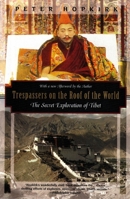
![禅と日本文化 [Zen To Nihon Bunka]](https://i.thriftbooks.com/api/imagehandler/s/7614CF4600AA9B2AFB58776BBC9E581B2D01A68F.jpeg)

